Domaine Lecointre, Anjou
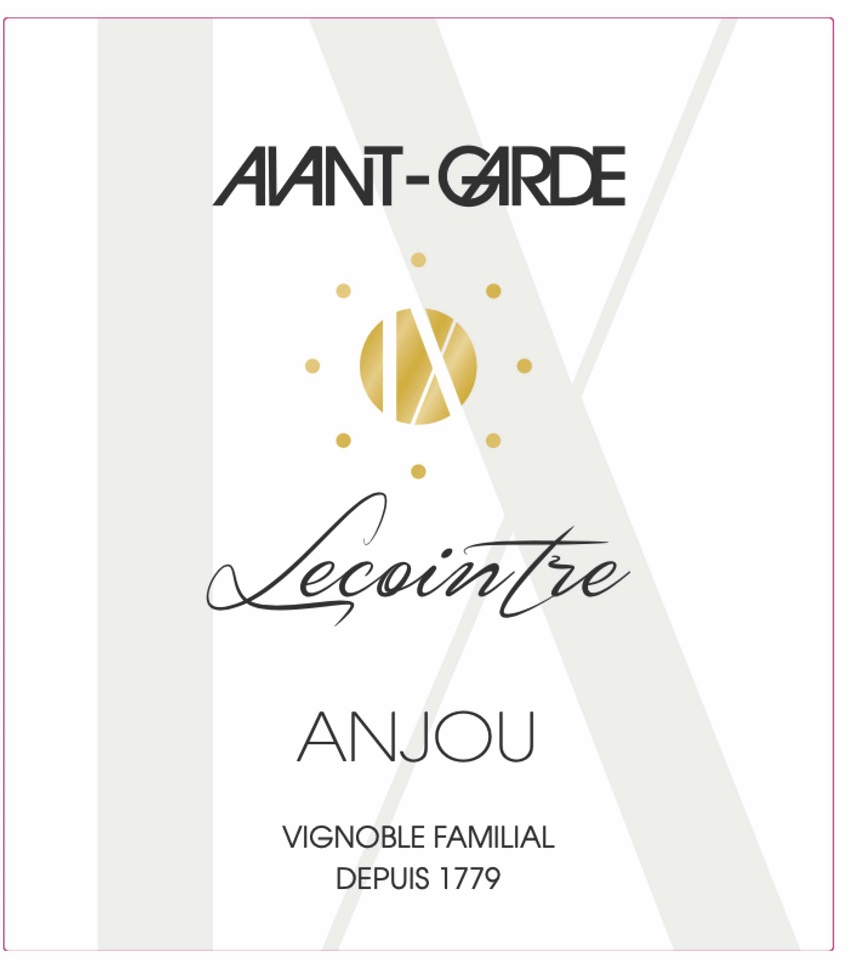
| Country & Region | France, Loire Valley |
| Appellation(s) | Anjou |
| Producer | Cyrille Lecointre |
| Founded | Cyrille is the 9th generation to farm grapes at the domaine; he took over the reins from his father in 2016. |
| Website | http://www.tomaze.com/domaine-pierre-blanche-roche-maillet.php |
T he oldest archive pointing to the Lecointre family being vignerons in Anjou—a journal entry listing sales of wine in barrel—dates from 1779, but Lecointres have been farming grapes and making wine deep in France’s heartland since at least the 16th century. Their 74 acres grow in the middle of Côteaux du Layon, scattered among the neighboring villages of Champ-sur-Layon, Faye d’Anjou, and Rablay-sur-Layon. These are divided into 18 parcels, with Chenin, Cabernet Franc, Grolleau Gris and Grolleau Noir dominating, followed by Chardonnay, Sauvignon Blanc, Pineau d’Aunis, and Gamay.
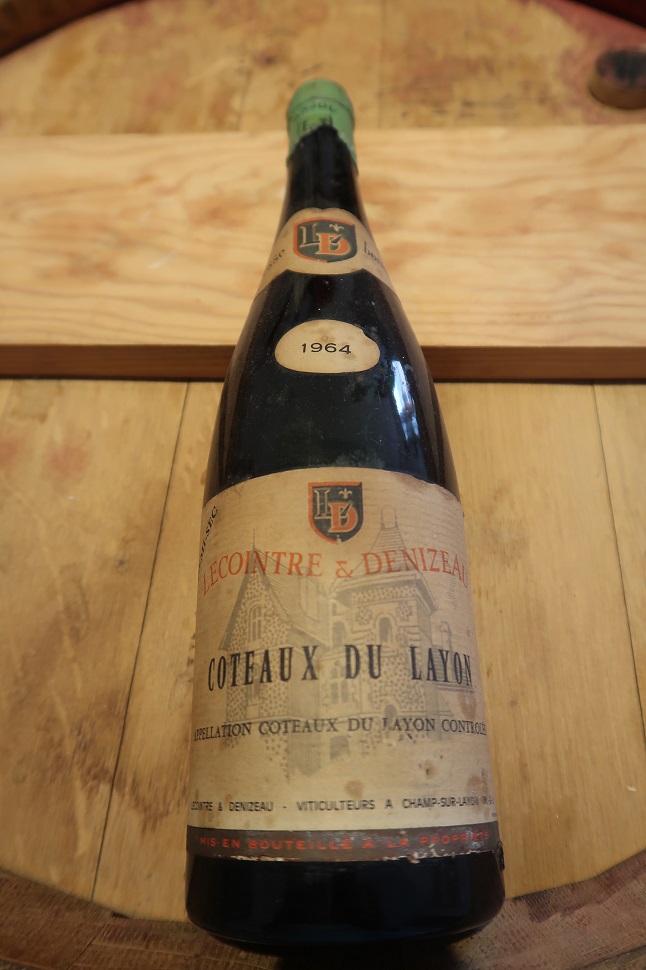
Cyrille Lecointre is the current head of the domaine. The biggest change he’s made so far has been to move the domaine into organic farming, which happened soon after he returned home from enology school in 2013. Representing the 9th generation, Cyrille took the reins from his father in 2016, and a year later the certifying agency granted full organic status. He also renovated the cellar.
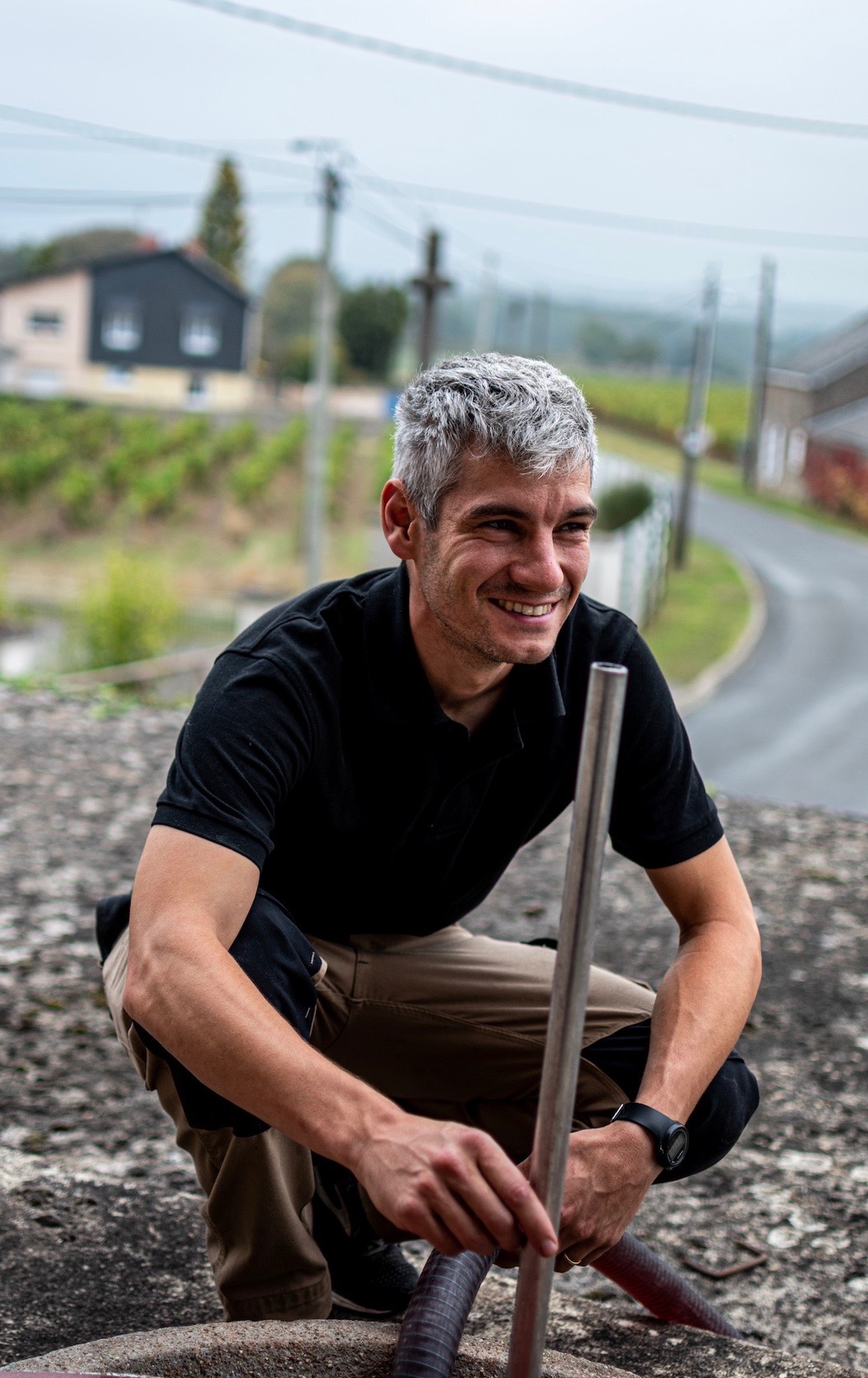
Cyrille’s father remains active in the cellar, and his American wife Kimberly handles the exports. She’s a Francophile from New York by way of the University of Texas at Austin, with a special interest in international trade and sustainable farming. She’s also their ad hoc artistic director, having overseen the rebranding of the domaine’s labels, moving away from the Lecointre forefathers’ Château La Tomaze label (named for the house Cyrille’s great-grandfather built in the 1890s) to simply Lecointre, with an IX embedded to signify his generation.
The three communes where they have vines are distinct terroirs, each with different soil types, but all united by their bedrock of Anjou Noir schist.
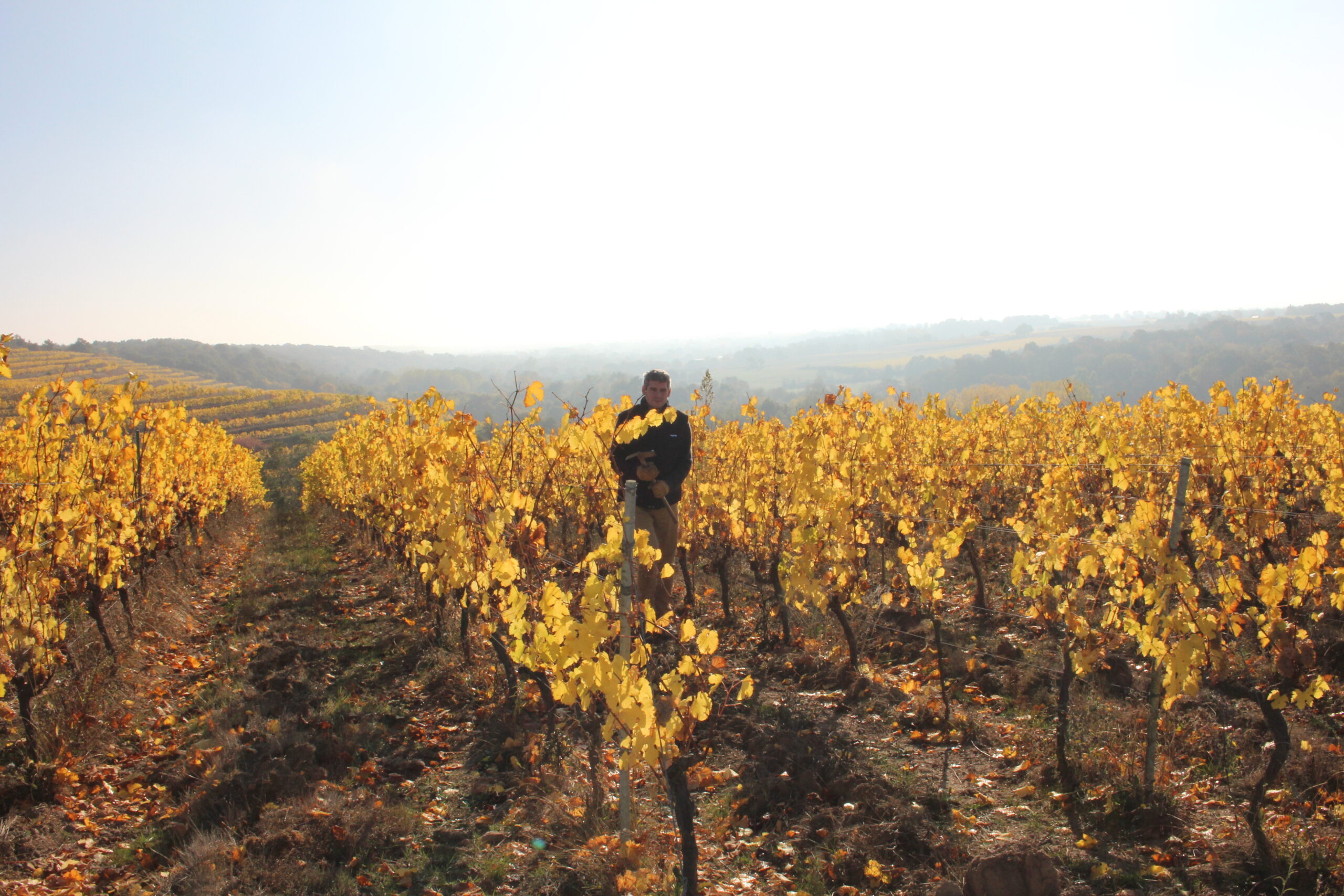
On the right bank (north side) of the river in Faye d’Anjou they have parcels of Chenin, growing on rolling hills in relatively high elevation with sparse topsoil, all south facing. This is exceptional terroir for Chenin, be it for sec wines or late harvest cuvées. That’s one of their parcels above.
On the left bank in Champ-sur-Layon they farm most of their red varieties, because here the terrain is flatter and the soil is deeper with better water retention, allowing for a large crop of fruit if the vines aren’t pruned carefully. Below is one of the Pinot d’Aunis vines planted in 1960.
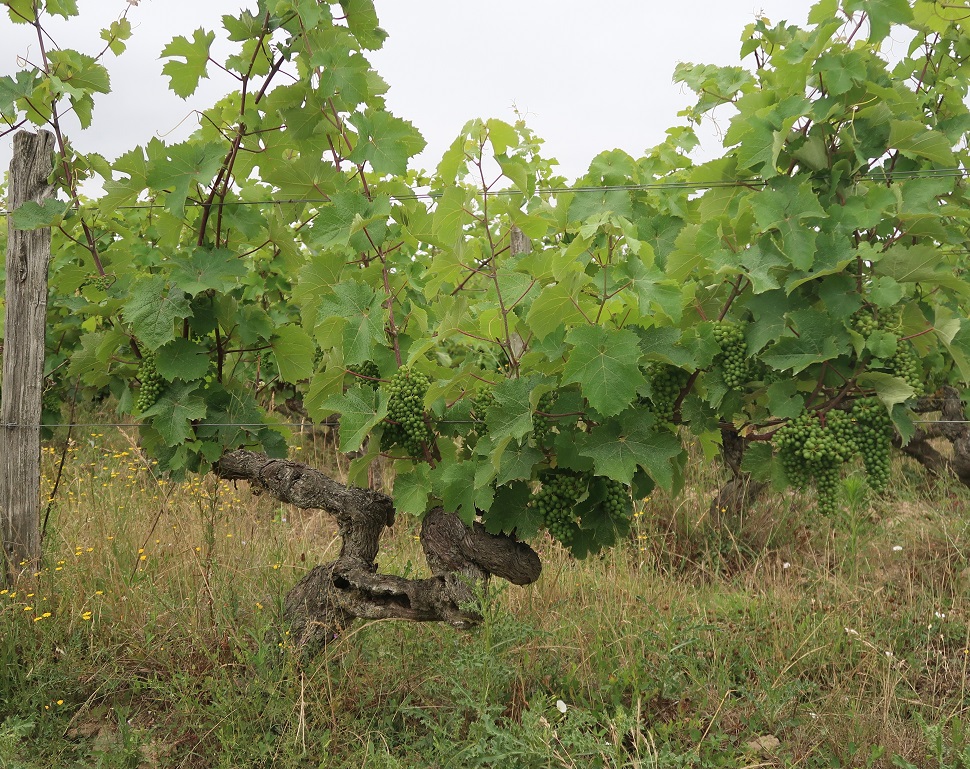
Next to Champ-sur-Layon is Rablay-sur-Layon, where gravels and sand predominate, making for well drained parcels that can cause hydric stress, all of which favors Chenin with concentrated flavors.
Thanks to Valentin Fleury for the first photo of Cyrille.
The Wines
| Wine | Blend | Description |
|---|---|---|
| Anjou Blanc Cuvée Le Béguin | Chenin Blanc | A dry, fresh Chenin emphasizing the stony succulence of Layon's schist terroir. This comes from two plots in Rablay-sur-Lyon, one planted in 1993 and the other in 2003. Made and raised in steel, this is a small production of roughly 350 cases. Certified organic. |
| Anjou Rouge Cuvée Avant-Garde | Cabernet Franc | Two parcels in Champ-sur-Layon totaling nearly ten and a half acres. One was planted in 1997; the other in 2007. Raised in tank and meant to be drunk young with a light chill, this is the domaine’s vin de soif. Production averages around 500 cases. Certified organic. |
| Cuvée Rue du Pineau d’Aunis | Pineau d'Aunis | A parcel of just over 4 acres planted by Cyrille’s grandfather in 1960 in Champ-sur-Layon. Like the above, it’s raised in tank and meant to be a vin de soif, but one from the rare Pineau d'Aunis, and made without any addition of sulfites (even at bottling--with the exception of the 2022 vintage, which did receive a very small dose at bottling and was labeled as containing sulfites). In medieval days, the grape was one of the most celebrated in the Loire. England's Henry III imported Pineau d'Aunis to serve at court, and France's Charles VII offered the wine to the duke of Burgundy in 1425. In our time, however, the grape nearly went extinct toward the end of the 20th century, and only recently has seen a revival as a Loire original, prized for its peppery spice and lightweight, full flavors. The key on the label is a family heirloom passed down through the generations, a key with a built-in corkscrew. As for the name, it comes from the street where the winery and family house is located: the rue du Pineau. Production averages around 200 cases. Certified organic. |